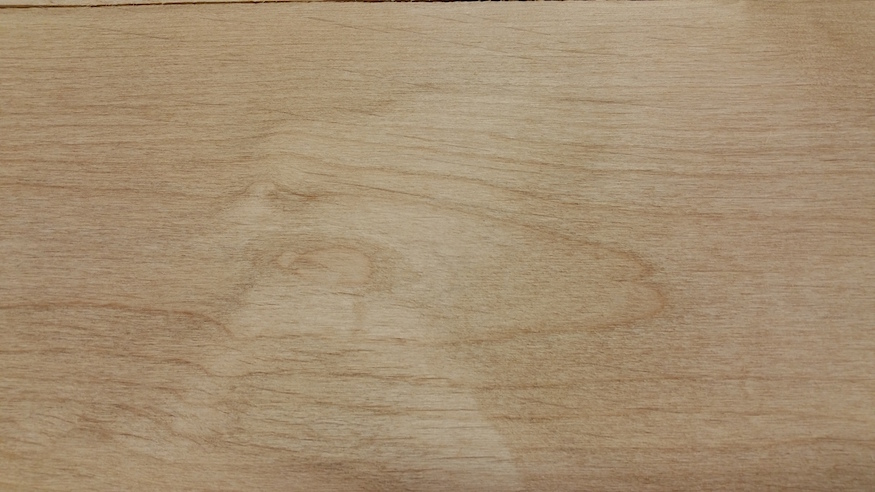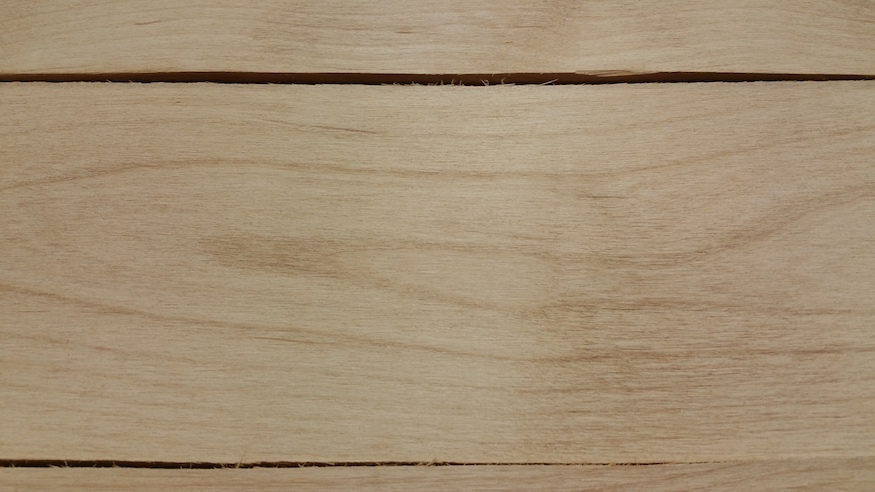Why Red Alder?
Just like with our other “Wood of the Week” articles, we like to feature a wood we have currently in the shop so that we can get some pictures of the wood as it’s being worked. So this week we chose Western Red Alder because we have a small project coming through featuring the wood.
What is Red Alder?
Western Red Alder is a fast growing tree that is commonly found in the coastal areas on the western side of North America. The tree grows at a rate of about 1-meter a year, for roughly 20 years, with overall heights reaching 15-30 meters. The wood tends to have colors ranging from a light tan to reddish brown, gradually getting darker and redder as it ages.

It was originally harvested by North Americans for medicinal purposes and dye. The sap was also used in combination with charcoal for both sealing seams in canoes and as a softener to help bend boards for toboggans.
Why Choose Red Alder?
Western Red Alder in your home or business creates a cozy and welcoming atmosphere because of the reddish hues naturally found in the wood. It is considered the most abundant tree in the Pacific Northwest. Alder is an inexpensive wood, that is commonly cut and oftentimes, always on hand.

Red Alder in Woodworking
Alder is one of the softest woods on the Janka Hardness Scale. This is the scale that measures the woods individual resistance to denting and wear. This being said, Alder is prone to dents and scratches very easy when used in woodworking.
When we work with Alder, we have to be very cautious not to bump the pieces accidently, unless of course we are distressing the job as a whole. Distressed and glazed Alder finishes are generally an easier way to finish the wood, because blemishes can be more easily hidden. None the less we do clean, clear Alder finishes from time to time. It takes a steady hand, and careful planning to skirt the issues of softness.
Alder machines easily and tends not to tear or chatter. Oftentimes, full length moldings can be machined to a near perfect finish. Any sanding that is needed, usually goes very quickly. Alder is light in weight and strong, despite being so soft. Alder is a great candidate for radiused and bent trims and profiles, because it is flexible. As a whole, Alder is pleasant to work with, as long as the craftsman is careful.
Like the look? Contact us today to get started on a custom woodworking project of your own using Red Alder.